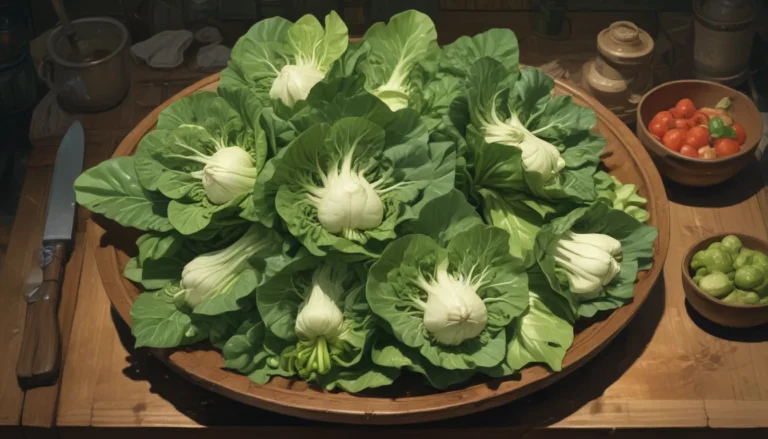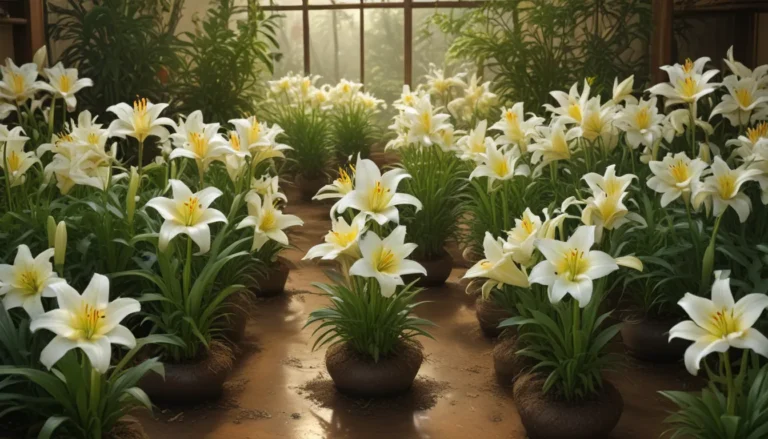Characteristics and Cultivation of Easy-Care Coreopsis: A Comprehensive Guide

Coreopsis, also known as Tickseed, offers an abundance of striking blooms that come in various colors such as bright and pale yellow, white, red, and even a rainbow range of hues like pink, deep red, and lavender. This delightful flower, part of the aster family, is a fantastic addition to any garden due to its cheerful demeanor and easy cultivation.
Let’s delve into the world of this prairie and woodland beauty, explore its history, characteristics, cultivation, propagation, and more to help you successfully grow this vibrant flower in your garden.
Unveiling the Essence of Coreopsis
The name Coreopsis originates from the Greek words “koris,” meaning bedbug, and “opsis,” meaning view, revealing the etymological origin tinged with peculiar charm. Despite its name, this flower is truly captivating with its attractively toothed petals that bloom on wiry stems above the foliage.
Native to the Americas, Coreopsis is a perennial or annual plant that thrives best in warm weather and USDA Hardiness Zones 4 to 10. While some varieties can grow up to four feet tall, many are more compact, ranging from 12 to 36 inches in spread, producing a profusion of flowers from early spring to late fall.
Their blooms are not just aesthetically pleasing but also attract a plethora of pollinators, making them a beneficial addition to any garden.
Cultivation and Enriched History
True to its reputation as a resilient and sunny flower, Coreopsis embodies a cheerful demeanor, as reflected in its Victorian-era name, “always cheerful.” Embraced as the “Year of the Coreopsis” by the National Garden Bureau in 2018, this sunny beauty thrives in various regions, especially in midwestern, southern, and southeastern states.
Beyond its ornamental allure, Coreopsis holds a rich historical and cultural significance. For instance, the edible species C. tinctoria, or “plains coreopsis,” has been utilized by Native American tribes for dye and medicinal purposes.
Coreopsis Propagation Made Easy
The ease of propagating Coreopsis makes it a favored choice for both experienced and novice gardeners. Propagation can be achieved through seed germination or transplanting nursery-bought plants. Here’s how you can propagate Coreopsis:
From Seed
- Starting Seeds Indoors: Begin seed germination indoors by sowing seeds in a seedling tray filled with a light potting mix. Maintain ideal conditions until seedlings emerge, ensuring they receive ample sunlight and moisture.
- Sowing Seeds Outdoors: For outdoor germination, scatter seeds in a sunlit location post-frost, ensuring even moisture for successful germination.
Transplanting
Transplant young seedlings or nursery plants post-frost in a sunny location with well-draining soil. Adequate spacing and aftercare are crucial for healthy plant growth.
Cultivars of Coreopsis to Diversify Your Garden
While over 30 varieties of Coreopsis exist in the United States, commercial breeding has produced numerous alluring cultivars that cater to diverse preferences. From the gentle ‘Creme Brulee’ to the vibrant ‘Early Sunrise’ and the engaging ‘UpTick™ Cream and Red,’ these cultivars offer a spectrum of colors and forms to enhance your garden landscape.
Pruning, Maintenance, and Disease Management
To promote continuous flowering and prevent unwanted spread, regular deadheading and minimal maintenance are essential for keeping Coreopsis in prime condition. While Coreopsis is relatively resistant to pests and diseases, vigilance is crucial to prevent potential issues like aphids, aster leafhoppers, or bacterial leaf spot.
Versatile Uses and Care Tips for Tickseed Flowers
Coreopsis is a versatile flower ideal for wildflower gardens, borders, container gardens, or cut flower arrangements. With minimal care requirements and a preference for full sun, well-draining soil, and occasional deep watering, Coreopsis thrives in a range of environments.
Quick Reference Growing Guide:
- Plant Type: Flowering perennial
- Bloom Time: Spring to fall
- Exposure: Full sun
- Water Needs: Moderate
- Height: 1-3 feet
- Spread: 1-3 feet
- Maintenance: Low
Embracing the Charm of Coreopsis in Your Garden
In conclusion, Coreopsis, with its enchanting blooms and resilient nature, is a delightful addition to any garden landscape. Whether you opt for native varieties or explore captivating cultivars, the vibrant hues and easy-care attributes of Coreopsis make it a favored choice for gardeners of all levels.
If you’re contemplating adding a touch of sunshine to your garden, consider Coreopsis for its captivating beauty and low-maintenance appeal. By following the cultivation and care tips outlined in this guide, you can transform your outdoor space into a colorful haven that beckons pollinators and admirers alike.
So, what are your thoughts on this American native flower? Are you ready to embrace the beauty of Coreopsis in your garden? Share your insights and experiences in the comments below and let the vibrant world of Coreopsis inspire your gardening journey!





